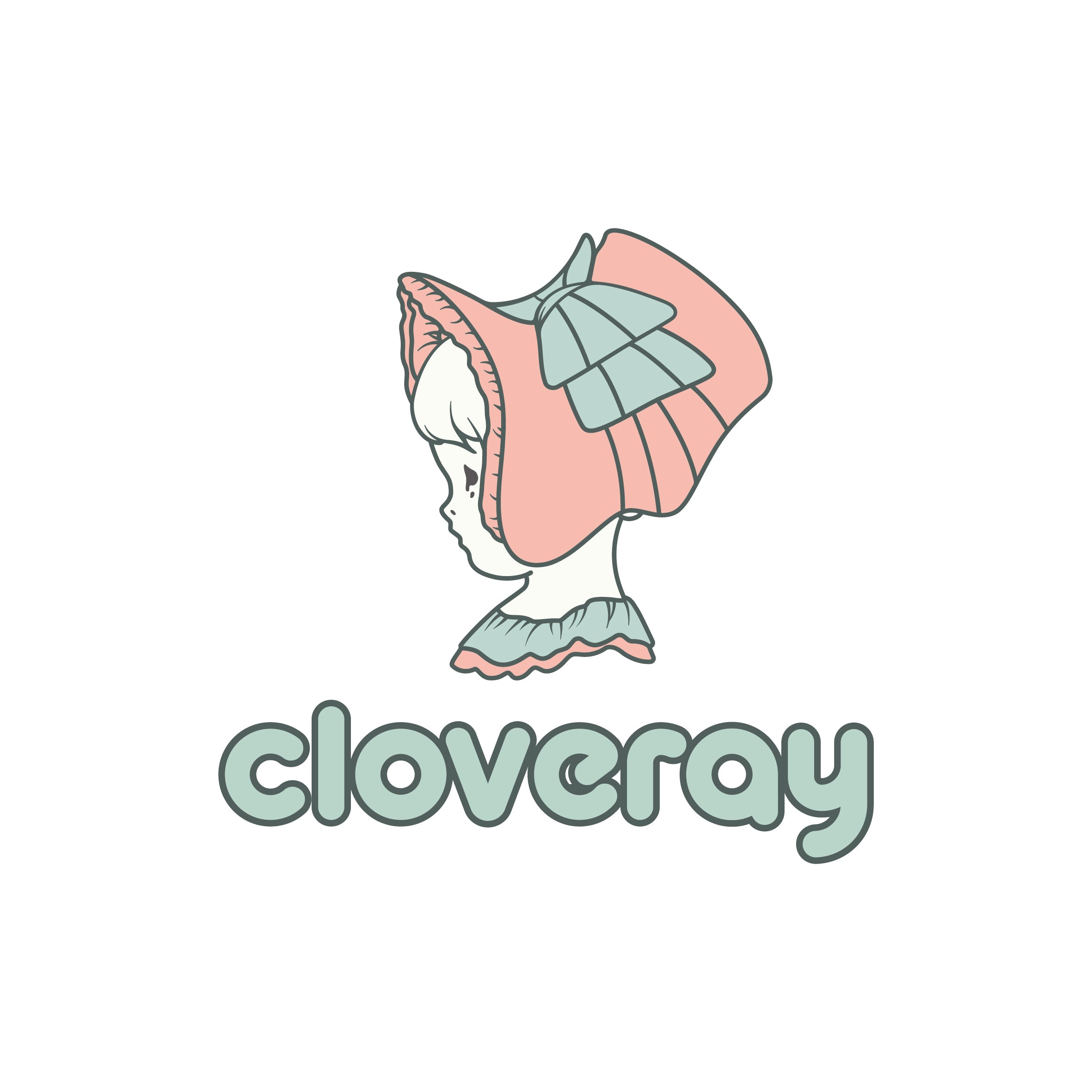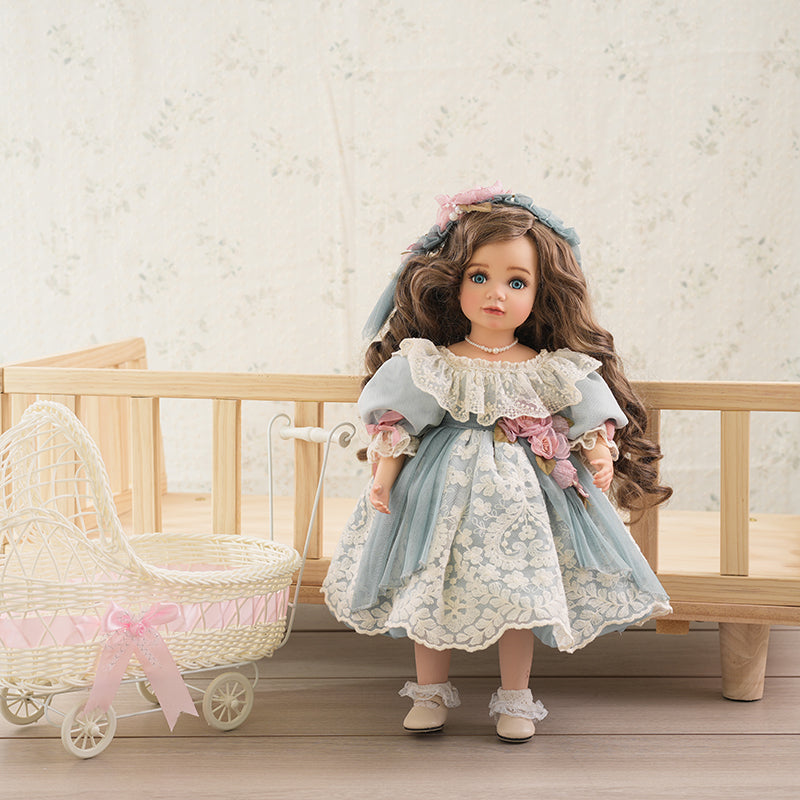
Introduction of Ball-Jointed Dolls (BJD)
BJD (Ball-Jointed Doll) refers to exquisite articulated figurines with ball-shaped joints that enable poses resembling human movement.
Originating in Europe and once popular in Russia, BJD dolls later spread to Japan, Korea, and China[1]. In 1998, the Japanese company "Volks" began mass-producing polyurethane resin dolls called "Super Dollfie." By 2003, numerous manufacturers had entered the BJD market, and from 2005 onward, mainland China and Hong Kong manufacturers joined the production. Today, BJDs are primarily manufactured in East Asian countries (Korea, Japan, China).
BJDs offer extensive customization possibilities—owners can change clothing, modify makeup, swap hands, feet, hair, and eyes. The dolls' appeal lies in providing collectors with unlimited space for personal expression. Their ball-jointed structure allows for lifelike posing. While materials such as plaster, ceramic, wood, and plastic can be used for doll manufacturing, "BJD" typically refers to resin-made ball-jointed dolls with components connected by elastic bands, S-hooks, cotton cords, or aluminum wires, enabling flexible positioning at various joints.
The BJD pioneer was Master Yoshihiro Enku of Japan's Volks company. Volks' SD (Super Dollfie) dolls not only established the BJD category but also became the standard for all subsequent BJD products. Today's Korean and Japanese BJD proportions and basic physical structures reference SD dolls, which maintain absolute authority in doll manufacturing techniques (leading many to incorrectly equate all BJDs with SD dolls, though SD represents just one BJD type).
BJDs offer both practical and collectible value. Owners can enhance their skills through makeup application, hairstyling, and costume design. The dolls serve as reference models for artists, window displays for bridal and clothing shops, and as customized collectibles (including dolls created with celebrity likenesses or the owner's facial features). Beyond personal collections, ball-jointed dolls appear in design fields where posability and interchangeable joints prove advantageous—painting, hairstyling, fashion design, and makeup artistry (though their high price typically limits them to private use by high-end designers rather than public settings).
Within the community, collectors (known as "doll moms" or "doll owners") organize gatherings called "doll meets" to photograph dolls and socialize. Each year, provinces and cities host large-scale DP (Doll Party) events—doll exhibitions similar to comic conventions—where enthusiasts purchase doll-related items and appreciate beautiful dolls up close.


